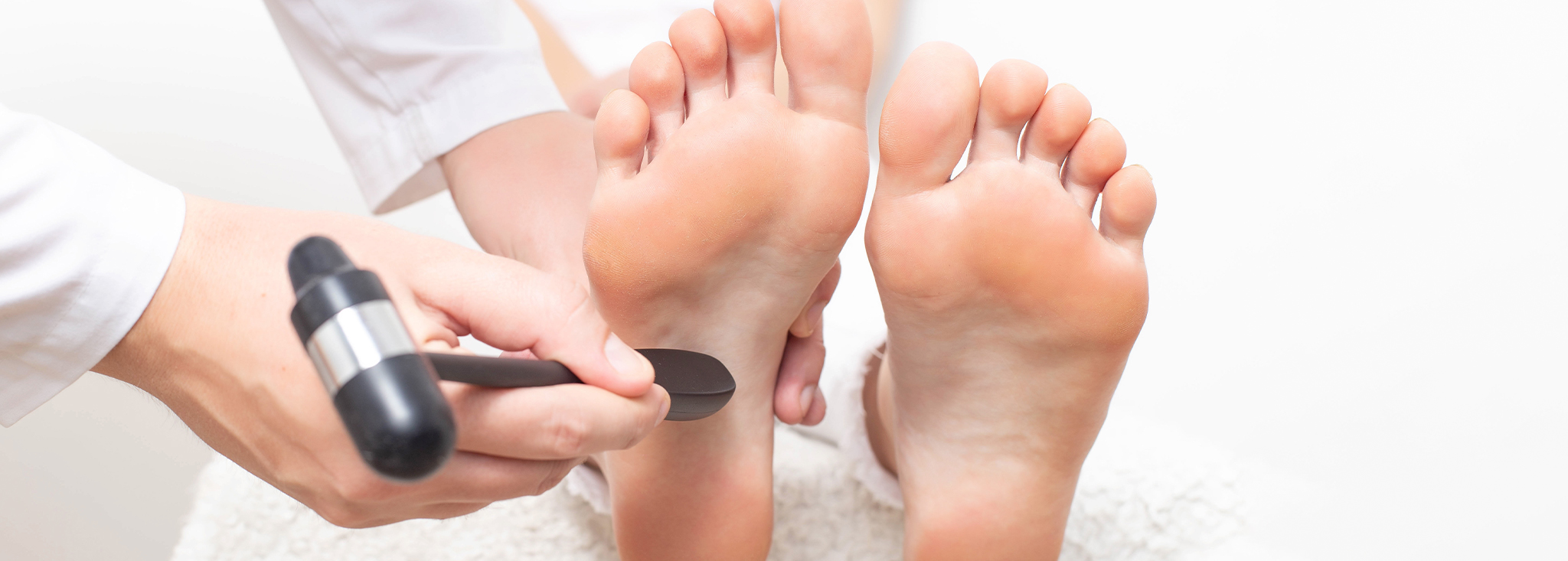T1D & Lupus
Written by: Beyond Type 1 Editorial Team
2 minute read
May 10, 2018
Lupus is an autoimmune disease which affects the tissues in many different parts of the body. Most commonly, skin is affected in the form of sun-sensitive rashes, but blood vessels, joints, organs, and other areas can be impacted. Some common signs of lupus are a butterfly shaped rash on the face, fatigue, photosensitivity, anemia, and kidney complications are especially common in those who also have Type 1 diabetes. Since there is no cure for lupus, the treatment for lupus depends on the specific symptoms people are experiencing, but medications are common.
Editor’s Note: This content has been verified by Marina Basina, MD, a clinical associate professor at Stanford University. She’s a clinical endocrinologist and researcher with a focus on diabetes management and diabetes technology. Dr. Basina is an active member of multiple medical advisory boards and community diabetes organizations, and she is on the Beyond Type 1 Science Advisory Council.
What is Lupus?
Systemic lupus erythematosus (SLE) is a very rare autoimmune disease in which the immune system creates antibodies that mistakenly attack tissues in the body, including in your tendons, skin, blood vessels, internal organs, brain, bones and joints. The most common, telltale sign of lupus is sun-sensitive skin issues, but the exact presentation of these issues vary case by case. One common sign is a butterfly rash that usually covers the nose and cheeks.
Systemic lupus erythematosus (SLE), commonly referred to as lupus, often coexists with other autoimmune diseases; according to a study published by SAGE Publications, around 30 percent of people diagnosed with systemic lupus have at least one coexisting autoimmune disorder, one of which being type 1 diabetes. Women are nine times more likely than men to develop lupus. Kidney complication is a condition that can develop in people with lupus and type 1 diabetes. In one study, one-third of the patients surveyed who had lupus and diabetes had renal impairment, and it was also found that the risk of diabetic nephropathy was higher for those who also had lupus.
Signs and Symptoms of Lupus:
- Fatigue
- Butterfly rash on face
- Photosensitivity
- Shortness of breath and/or chest pain
- Fever
- Headaches or neural issues
- Secondary Raynaud’s
- Susceptibility to infection
- Kidney problems, especially when found in conjunction with type 1 diabetes
- Anemia
Getting a Diagnosis
There is no singular test that will definitely diagnose you with lupus because the signs and symptoms are so variable between people. However, if your doctor suspects that you may have lupus, they may order blood and urine tests. These blood tests may include a blood count, a kidney and liver assessment, a urinalysis and/or an antinuclear antibody test as initial screening tests. Your doctor will also perform a physical examination. If you are experiencing lung or heart issues, your doctor may perform a chest x-ray or echocardiogram, and if your doctor suspects kidney issues, a biopsy may be recommended.
Treatment
Since there is no cure at present for lupus, you doctor’s treatment plan will be dependent on which symptoms you are experiencing due to lupus. The medications that are used to treat lupus include NSAIDs, corticosteroids, biologics, immunosuppressants and sometimes, antimalarial drugs. There are also measures that you can personally take that may help you manage the symptoms of lupus—for example, avoiding the sun since ultraviolet light can trigger a lupus flare. As with all health management, seeing your doctor regularly, getting regular exercise, not smoking and eating a healthy diet and taking appropriate supplements (vitamin D and calcium may be especially helpful for those with lupus) is good.

Author
Beyond Type 1 Editorial Team
Beyond Type 1 is the largest diabetes org online, funding advocacy, education and cure research. Find industry news, inspirational stories and practical help. Join the 1M+ strong community and discover what it means to #LiveBeyond a diabetes diagnosis.
Related Resources

Editor's Note: This content has been verified by Marina Basina, MD, a clinical associate professor...
Read more

Editor's Note: This content has been verified by Marina Basina, MD, a clinical associate professor...
Read more

Editor's Note: This content has been verified by Marina Basina, MD, a clinical associate professor...
Read more

